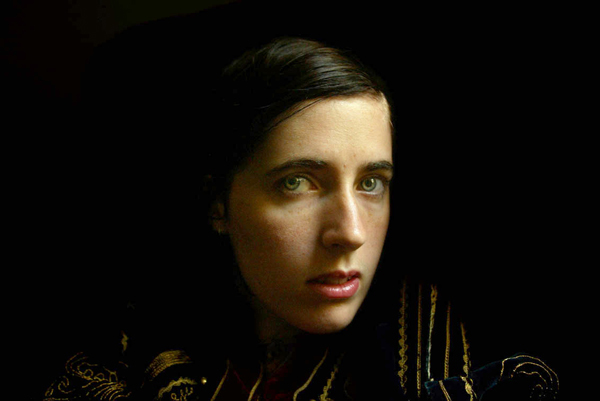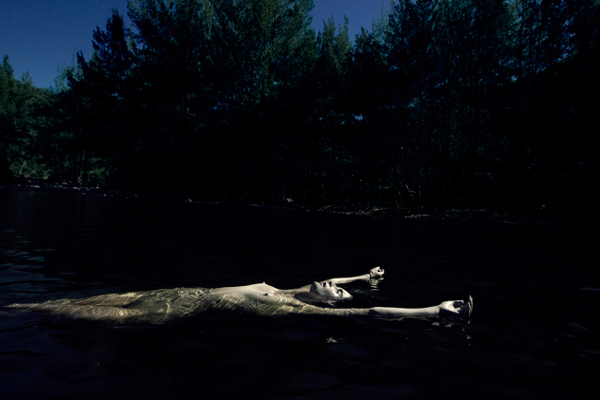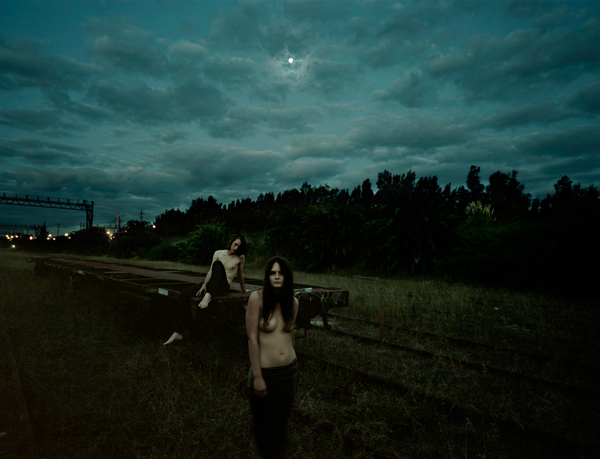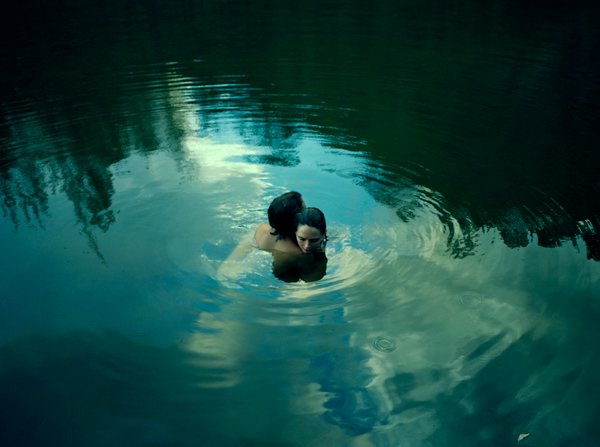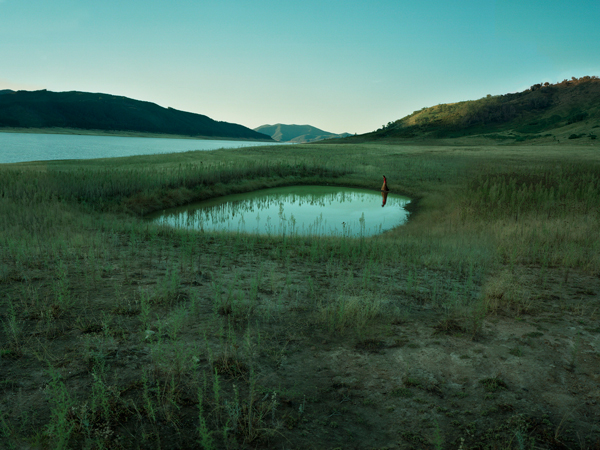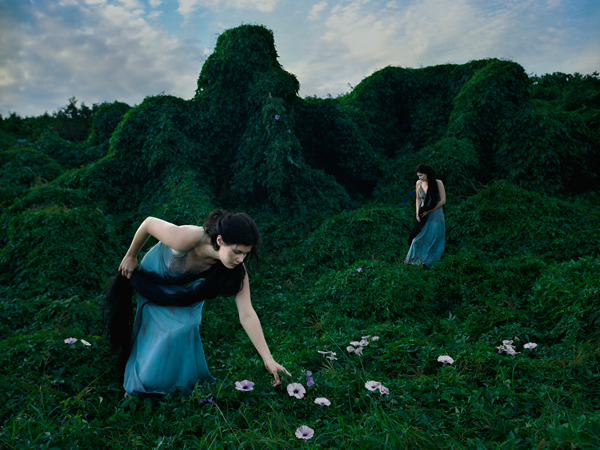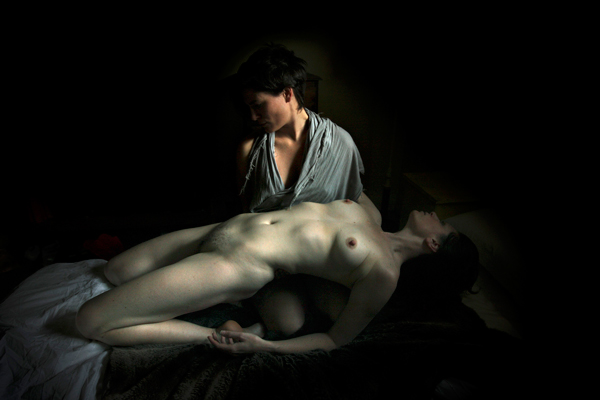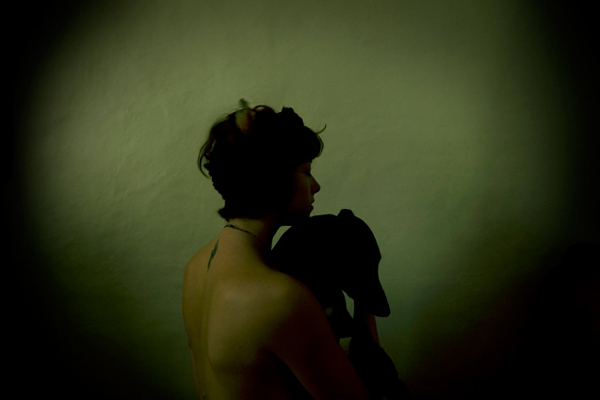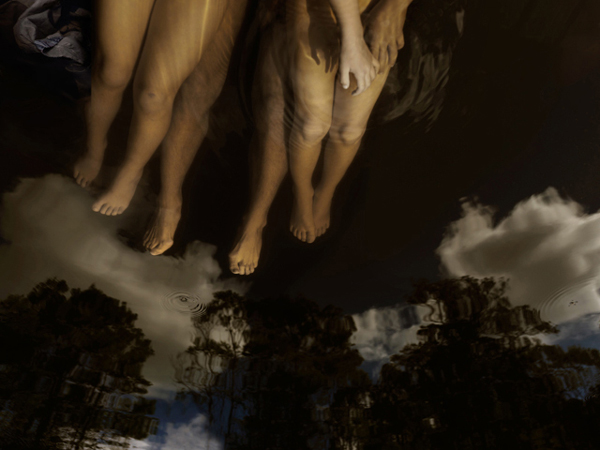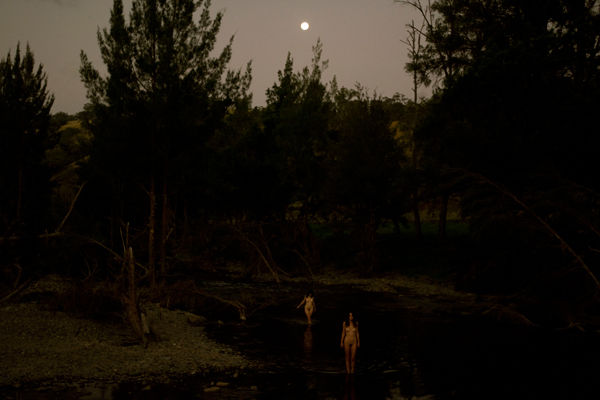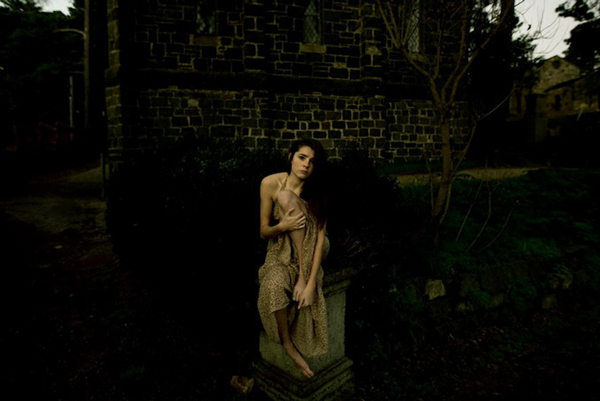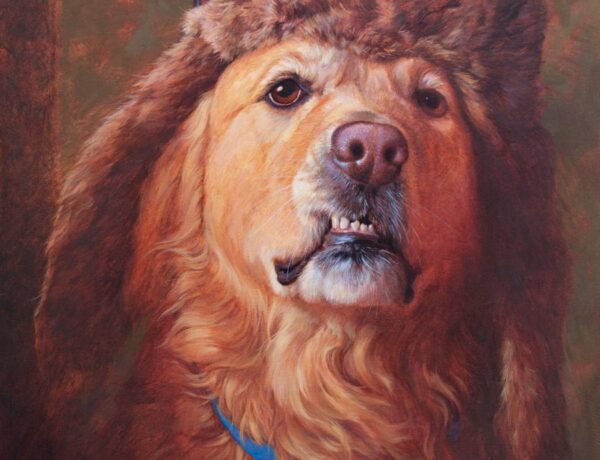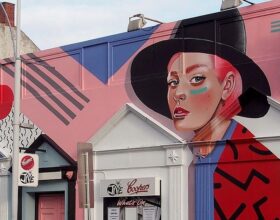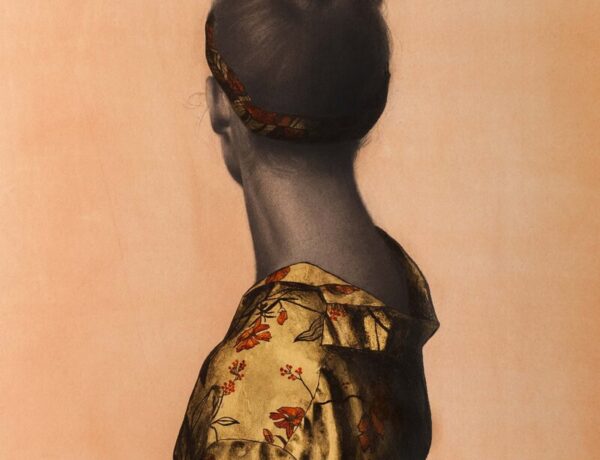Tamara Dean is an internationally acclaimed Photographer whose work engages with our relationship to nature, the place of ritual in contemporary lifestyle, and a keen sense of beauty as it appear in the everyday. With a background in Documentary photography, her unique perspective is able to see both the mythologies and archetypes that play out on a vast stage as well as a sharp sense of intimacy that pinpricks the heart. Tamara is represented by Martin Browne Contemporary. I was thoroughly honoured to interview this extraordinary artist for Issue 013 of beautiful.bizarre.
Tamara Dean
Web | Facebook | Instagram | Twitter
b.b: Tamara, for this conversation I’ve picked us a virtual location. We’re at the Den of Nargon – an incredible place 2 hours out of Melbourne. Think rockpools, mosses, bush . . . and legend of a creature that lives in a cave at the heart of the canyon. I’ve surrounded us with a circle of stones. The dragonflies are out and at first, we’re just sitting there waiting for the twilight sun to rouse the most vital of colours. We’re sipping tea and at just the right moment the light clicks and we can have a quick discussion about both of our fixations with mortality. The ritual has begun . . .
Wilderness plays such a huge role in your work. I know we can discuss here the mythology of it, our detachment from it and our calling to it but as I sat with your work, I started to see something else. I was thinking about how landscape is often a metaphor for an emotion or state of being. Then I got to thinking that as human beings we often see in others what resonates most deeply as being part of ourselves. It clicked that perhaps in your work nature/the wilderness is so sacred because we’re starting to see our own spirituality reflected back at us. Do you think this might be the case in your work? Tell me more about what the wilderness represents for you?
TD: Wilderness represents eternity for me, a shared sense of time between our ancestors and our future. It is a space we can imagine ourselves in, as primitive beings and yet still find a place in the now. It’s an ancient space which we can revisit, to remember where we came from and to reflect on where we are going. It is as though time becomes both immediate and infinite when I place myself in the wilderness. I feel most alive when I am in nature.
The intoxication of the scents, sounds and textures brings me into myself and I feel as though I am able to arrive in the present moment.
b.b: I find your background in photojournalism fascinating. Particularly as to how it plays out in your personal work. Documentary and Story seem so diametrically opposed yet in your work they seem to happily rough and tumble together like two notes in a harmony. How do you coax them into being friends in your work? Where does documentary end and story begin?
TD: My work has always held a strong sense of narrative. When I was working as a documentary photographer, I was telling other people’s stories through my photographs. Now with the use of allegory I am telling my own stories, delving into more universal, personal narratives, which I feel, compelled to explore.
b.b: To me colour is a leading role across your work. It’s almost like she’s the narrator of each scene. Tell me more?
TD: Colour is incredibly seductive. The greens I seek are not unlike the rich and vivid colour of moss. The kind of surface you want to touch. There is a tactile quality to the cotton rag paper, which coupled with the rich colour encourages the viewer to come close to the work.
b.b: Human intimacy seems to be the fiercest roar in your work, and the relationships between people, between you and your subjects. But when I look at your work as a whole I can’t help but notice an overwhelming sense of solitude, of isolation or sparsity. Even if there’s two or more people within the frame their individual stories sing the loudest. I was thinking that because they’re often in the midst of a rite of passage that perhaps that’s why the solitude sings so loud? Rites of passage are most often journeys for one . . . even if undertaken in a group. Can you tell me more about the solitude in your work?
TD: When it comes to birth, rites of passage, death… these are challenges we face as individuals. Transition happens within us and by ourselves. I have always been a daydreamer, often isolating myself from the situation around me to delve deeply into my thoughts and imagination. I do believe that there is much of myself, which I bring to my work, and this could account for the sense of isolation apparent in my figures.
b.b: I love how your camera points to the beauty/spirituality in the everyday. The deep foundations have that Pre-Raphaelite romance and drama – to me this kind of feels like the bones beneath the work. Something we can’t see directly but it holds everything up. The flesh is a little more gritty and real – that everyday intimate beauty. If I were a novice adventurer and you were teaching me how I could seek out and find these considered moments, these sweet spots of wonder . . . what directions would you point me in? What do I need to look for?
TD: I seek out beauty… be that in objects, people, nature, symmetry. I have retained and nurtured my sense of wonder in the world around me. I’ve always thought it a wonderfully optimistic way to be, going out into the world and looking for beauty.
b.b: Speaking of looking, I had this thought that the lens or eye we choose as a photographer somehow points to something in our psychological make-up. What do you think your wide-angle viewpoint says about you?
TD: I try to give the sense that the viewer is a part of the social dynamics of the scene. Looking in from a perspective, this feels as though they could be there. This adds to the sense of intimacy and accessibility I try to create within my work.
b.b: I’m giving you an unlimited budget and an unlimited timeframe. Where in the world are you headed to for this project?
TD: I would relish the opportunity to experience the landscapes of Turkey and Iceland. The surreal nature of the landscapes, the sense of scale, the quality of light.
b.b: I wish I could have seen and smelt your Here and Now installation. Your work already has such an immersive cinematic quality to it. I’m wondering . . . does your work have a soundtrack? For instance if I could walk through your, The Edge works what would be a good thing to be listening too? Does this soundtrack change for each series or is it the same piece but extended by each new work?
TD: I haven’t really considered this before. In my Here-and-Now immersive installation, I did actually create a soundtrack of cicadas and bellbirds. But if I had to choose a song to accompany my work as a whole it would have to be ‘Comptine d’un autre été – L’après-midi’ from the Amelie soundtrack. I feel a delicate balance of optimism, grief, beauty and love in this piece, which is also true to my work.
b.b: The act of taking photographs seems to me to be like mindfulness in motion. All of your senses seemed keened to the moment. Open to the wonder. Tell me how this plays out when you’re creating a shot.
TD: This is very true of my process. I bring the characters, the location and the narrative intention together. Then allow the time for my subjects to experience and engage with the environment, inviting a genuine interaction.
b.b: What magic are you chasing right now? What are your next projects?
TD: I am currently working on my Animalism series, which explores our instinctual human nature and inherent animalism. It is an acknowledgment that we are indeed a part of the natural world. Ultimately, that to wreak destruction upon nature is to wreak destruction upon ourselves.
Stay in tune with your human nature and follow Tamara on facebook, twitter and instagram.


